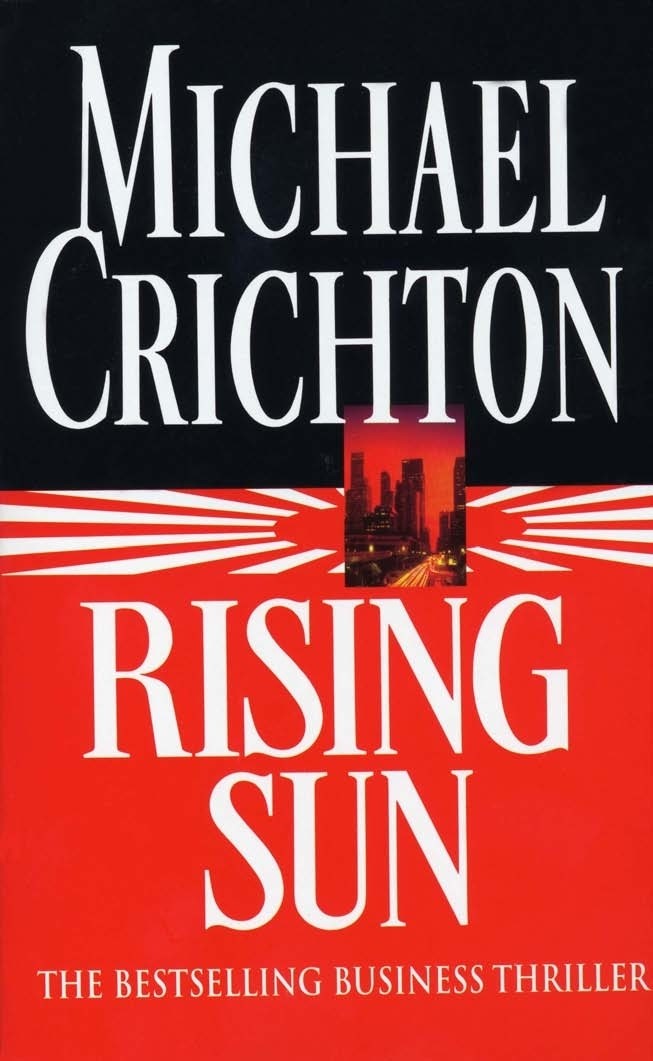Quantum Wealth Summary
- What you need to know: In 2023, Japan’s Nikkei stock index has broadly outperformed markets in the US, Australia, and New Zealand.
- Why it matters: After a 30-year exile in the wilderness, Japan appears to be making a surprising comeback.
- Here’s the state of play: Will the Japanese stock market hit a new record high? Can eagle-eyed investors find value and growth in this cycle?
Just think back to the 1980s.
Do you remember being afraid of an Economic Pearl Harbor?
Do you remember being afraid of the Japs?
Do you remember them arriving in their crisp business suits and stern samurai manner, expanding their corporate power?
Well, it may be hard to believe it now, but back then, everyone believed that Japan’s economy was an unstoppable force. The country had a cunning strategy. They used trade barriers to shield their domestic industries from foreign competition, even as they boosted their exports:
- This allowed Japanese automakers like Toyota, Honda, and Nissan to enter the United States, capturing a significant market share.
- The oil shock of the 1970s meant that consumer tastes were changing. Japanese vehicles surged in popularity because they were perceived to be cheaper and more fuel-efficient.
- American automakers like General Motors, Ford, and Chrysler struggled to compete in this environment. The traditional manufacturing hub of Detroit declined. Job layoffs and plant closures climbed.
Soon enough, an economic imbalance emerged. Japan enjoyed a trade surplus, while the United States suffered from a trade deficit:
- Now flush with cash, the Japanese began buying up American assets. Icons like Columbia Pictures and the Rockefeller Centre were quickly snapped up. Between 1982 and 1988, such real-estate acquisitions soared an astonishing 1,000%.
- It looked like Japan was about to overtake America as the new master of capitalism. National anxiety soared. And this sentiment found its way into popular culture.

Source: Penguin Books
Japan’s ascendency not only had profound consequences for America — but the world at large:
- Growing up in Malaysia in the 1980s, my childhood was defined by this trend.
- At the time, Prime Minister Mahathir Mohamad — an authoritarian leader with a fierce anti-Western streak — had gotten into a diplomatic fight with British leader Margaret Thatcher.
- The source of their argument? Well, Thatcher appeared to be sidelining Commonwealth countries like Malaysia. She did this in favour of strengthening ties with the European Economic Community.
- Mahathir was enraged by this. In response, he launched an anti-UK campaign: Buy Britain Last. And soon enough, his stance evolved into a pro-Japan campaign: the Look East Policy.
- Mahathir clearly admired Japan’s economic policies. He felt that he had found a new model for capitalism. Instead of Western hegemony, why not support Japanese hegemony instead?

Source: Vaulted
Of course, Japan’s rock-star status couldn’t last. By 1991, its economy had reached its peak. Then it imploded with surprising quickness:
- The availability of cheap credit and speculative investing had led to a massive asset bubble forming. Real estate and stocks were overvalued, with flimsy fundamentals.
- When Japan’s central bank had to raise interest rates to tame inflation, this led to a macroeconomic shock. Asset prices began crashing. Households saw their wealth evaporate.
- To make matters worse, Japanese banks were holding large portfolios filled with non-performing loans. This damaged their balance sheets, which only accelerated the death spiral in the economy.
- Overnight, Japan went from hero to zero. Consumer confidence collapsed. The immediate aftermath became known as the Lost Decades. It was marked by low economic growth, high government debt, and deflationary pressure.
- Over the years, the Japanese government have tried different ways to revive their broken country. These include lowering interest rates, injecting liquidity into the financial system, and implementing fiscal stimulus packages. But none of these desperate measures seemed to work.
The consequences for Japanese society have been tragic. Here’s an excerpt from Insider:
“Japan’s economy fell into stagnation which has lasted three decades, so the millennial generation has never experienced very good economic situations,” Takahide Kiuchi, an executive economist at the Nomura Research Institute, told Insider.
“These conditions made them more cautious in terms of spending and conservative in terms of working style,” he added.
It didn’t stop at the Lost Decade. Japanese millennials spent their entire lifetimes witnessing disaster after disaster — including the Asian financial crisis of 1997 and the Great East Japan earthquake of 2011.
Takeshita said that the successive disasters and the economic havoc the events wrought shaped Japanese millennials and their worldview. He added that this made them “more realistic than the generation before them,” who reveled in the excess of the country’s economic boom.
There’s no hiding it. This has been a bitter experience for Japan. The past three decades have been tough. However, in 2023, it is possible that the country could be turning a corner? Could there be light at the end of the tunnel?
- After years of anaemic growth, figures released in January revealed that Japan’s inflation rate had reached a four-decade high of 4.3%.
- This was a highly unusual event that has caused a stir. After struggling with prolonged bouts of stagnation and deflation, Japan is finally seeing sustained price increases. Could this provide an incentive for consumers to spend?
- Naturally enough, this has attracted the interest of global investors. Japan’s Nikkei 225 index is up over 27% this year. It has broadly outperformed markets in the US, Australia, and New Zealand.
- So, here’s the big question now: will the Japanese stock market hit a record high? Can courageous investors still find value and growth during this cycle?
Your first Quantum Wealth Report is waiting for you:
⚡🌎 Start Your Subscription: NZ$37.00 / monthly
⚡🌎 Start Your Subscription: US$24.00 / monthly







John is the Chief Investment Officer at Wealth Morning. His responsibilities include trading, client service, and compliance. He is an experienced investor and portfolio manager, trading both on his own account and assisting with high net-worth clients. In addition to contributing financial and geopolitical articles to this site, John is a bestselling author in his own right. His international thrillers have appeared on the USA Today and Amazon bestseller lists.